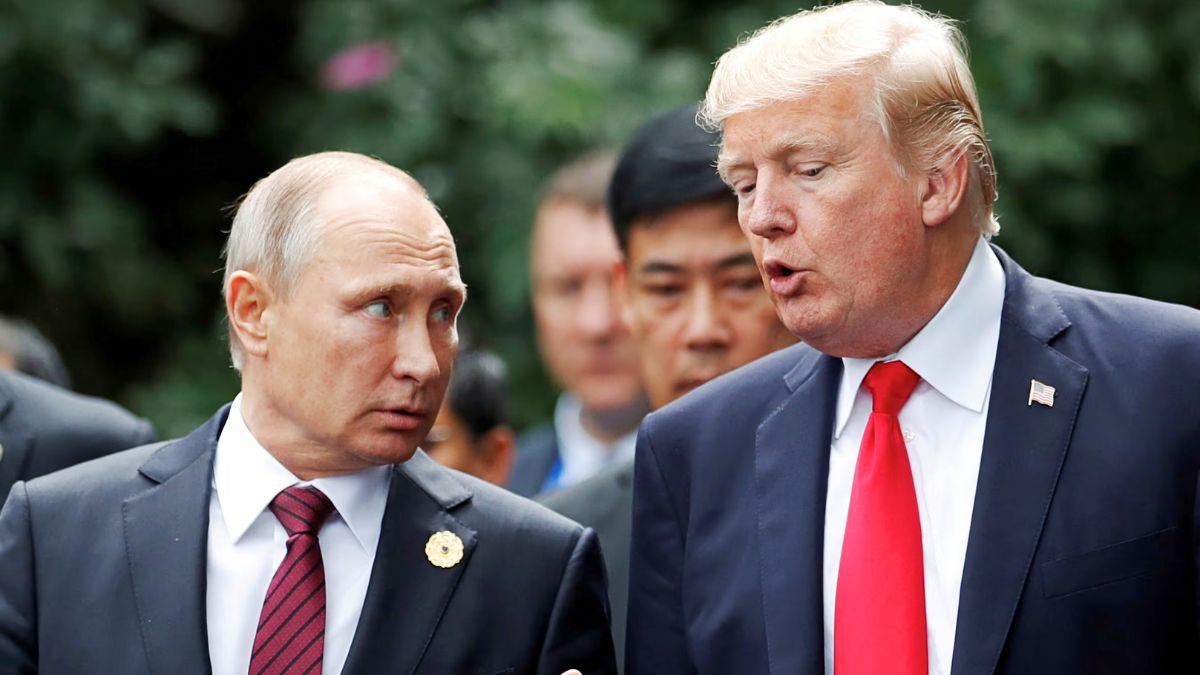A key U.S. Senate committee approved a massive military spending bill on Thursday, including about $1 billion in aid for Ukraine—even though President Donald Trump’s administration requested that such funding be eliminated. The move signals strong bipartisan support in Congress for continued U.S. involvement in Ukraine’s defense, despite growing friction between lawmakers and the White House over foreign aid priorities.
Funding
The Republican-led Senate Appropriations Committee passed the $852 billion defense spending package for fiscal year 2026, an increase of $21.7 billion (or 2.6%) over the amount requested by Trump. The committee voted 26-3 in favor of advancing the bill to the full Senate, with both Republicans and Democrats voicing strong support.
Within the bill, $800 million is earmarked for the Ukraine Security Assistance Initiative (USAI), and another $225 million is designated for the Baltic Security Initiative. Both funding streams ultimately benefit Ukraine as it continues to fight off Russian aggression.
Senator Chris Coons, a Democrat from Delaware and ranking member of the defense subcommittee, summed it up plainly: “Support for Ukraine is a billion dollars.”
Trump’s Position
The bill directly contradicts Trump’s latest budget proposal, which requested no money for the USAI. A similar stance was reflected in the defense appropriations bill passed earlier this year by the House of Representatives, which also excluded Ukraine aid. Trump has repeatedly paused weapons shipments to Ukraine, citing concerns over accountability and national interest.
Still, many Republicans in the Senate have consistently backed aid for Ukraine, even before Russia launched its full-scale invasion in 2022. Lawmakers from both parties have grown frustrated with the administration’s failure to brief Congress on resumed weapons deliveries. Senate aides said they’ve asked the White House for updates on what is being sent to Ukraine—but have yet to receive a clear response.
New Legislation
In a separate effort, Senators Lisa Murkowski (R-Alaska) and Jeanne Shaheen (D-New Hampshire) introduced a bipartisan bill proposing an additional $54.6 billion in Ukraine aid over the next two years. While the bill enjoys bipartisan backing in the Senate, its path to becoming law is uncertain.
The last significant aid package for Ukraine—totaling $61 billion—was passed in April 2024 under President Biden and a Democrat-controlled Senate. With Republicans now holding the White House and majorities in both congressional chambers, major foreign aid packages face a much steeper climb.
Shifting Rhetoric
Interestingly, Trump has recently expressed growing frustration with Russia’s unwillingness to negotiate a ceasefire. He has warned that Moscow must show progress toward ending the war or face new U.S. sanctions. This marks a notable shift from his earlier praise of Putin and his past comments about wanting better ties with Moscow.
Asked for comment on the defense bill, a White House official said the administration is “reviewing the bill in the totality,” without providing further details.
Strategic Arguments
Senate Republican leader Mitch McConnell, who chairs the defense subcommittee, defended the Ukraine funding as vital to U.S. interests. He emphasized that lessons from the Ukraine conflict are helping the U.S. military better prepare for modern warfare.
“Shutting off engagement with Ukraine would undermine our military’s efforts to prepare for the modern battlefield,” McConnell told the committee. Senator Coons echoed this sentiment, pointing to the war’s unprecedented use of drone technology and the importance of supporting democratic partners under attack.
Next Steps
To become law, the Senate’s defense spending bill must be passed by the full Senate and then reconciled with the House’s version. The House bill currently adheres to Trump’s original $831.5 billion request and excludes funding for Ukraine. After the two chambers agree on a final version, the bill will be sent to the White House for the president’s signature or veto.
Whether Trump signs the bill or blocks it will be a defining moment in the ongoing debate over America’s role in Ukraine’s war—and the balance between congressional power and executive priorities in foreign policy.
FAQs
How much Ukraine aid is in the Senate bill?
About $1 billion, including $800M for USAI and $225M for Baltic aid.
Did Trump support Ukraine funding?
No, his budget requested zero aid for Ukraine in 2026.
What does the Murkowski-Shaheen bill propose?
It seeks $54.6 billion in Ukraine aid over the next two years.
What’s the total defense spending in the bill?
The Senate bill includes $852 billion for the Department of Defense.
Will Trump sign the bill?
Unknown. He could sign or veto it after House-Senate reconciliation.











